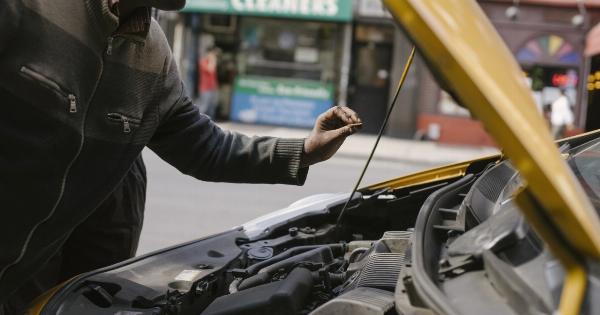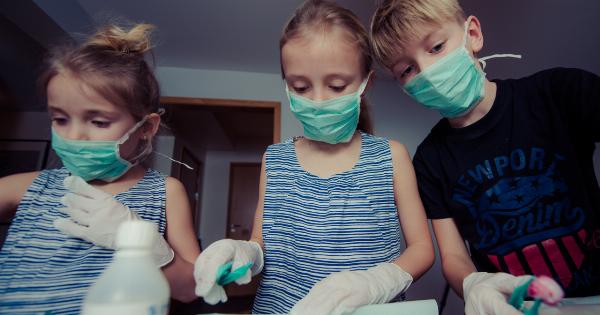Car accidents can be terrifying experiences, especially when your child is involved. Even minor collisions can leave children feeling dazed and confused. As a parent, it is important to know how to handle such situations calmly and effectively.
Here are some steps to take if your child is dazed in a car crash:.
1. Stay Calm and Assess the Situation
The first and most important step is to stay calm yourself. Your child will look to you for guidance and reassurance. Assess the situation and determine if it is safe to exit the vehicle.
If there is immediate danger due to traffic or the risk of fire, stay in the car and call for emergency assistance.
2. Check for Injuries
Once you have determined it is safe to exit the vehicle, check your child for any visible injuries. Look for bleeding, bruising, or signs of broken bones. If your child is conscious, ask them if they feel any pain or discomfort.
Remember that some injuries may not be immediately apparent, so it is important to seek medical attention even if your child appears unharmed.
3. Call Emergency Services
If your child is experiencing severe pain, difficulty breathing, or any sign of a serious injury, call emergency services immediately.
Even if the injuries seem minor, it is still advisable to have a medical professional assess your child’s condition. Explain the situation to the dispatcher and request an ambulance if necessary.
4. Keep Your Child Comfortable and Calm
While waiting for medical help to arrive, focus on keeping your child comfortable and calm. If possible, help them out of the vehicle and find a safe place to sit or lie down. Offer reassurance and hold their hand to provide a sense of security.
Avoid discussing the accident in detail or speculating about the outcome, as this may increase anxiety.
5. Be Mindful of Potential Concussion
One common injury during car crashes is a concussion. Watch for signs of a concussion, such as confusion, dizziness, headache, nausea, vomiting, or changes in behavior.
If you suspect your child may have a concussion, it is vital to inform the medical professionals when they arrive.
6. Do Not Give Medication or Food
Unless instructed to do so by medical professionals, avoid giving your child any medications or food immediately after a car crash. Some injuries may require specific treatments or tests that can be affected by medications or a full stomach.
7. Collect Information
While waiting for medical help, gather important information about the accident. Take photos of the scene, including any damage to the vehicles involved. Note the time, date, location, and weather conditions.
It is also essential to exchange contact and insurance information with the other party involved in the crash.
8. Seek Medical Evaluation
Even if your child appears fine initially, it is crucial to have them evaluated by a medical professional as soon as possible. Some injuries may not be immediately apparent but can have long-term effects if not addressed promptly.
Follow any instructions given by the medical team and keep a record of the visit for insurance purposes.
9. Monitor for Psychological Effects
Car accidents can be emotionally traumatizing for children. Even if they physically recover from their injuries, they may still experience psychological effects such as anxiety or fear of traveling in vehicles.
Watch for any behavioral changes or signs of distress and seek appropriate support or counseling if necessary.
10. Follow Up with Insurance
Contact your insurance company promptly to report the accident and initiate the claims process. Provide them with any documentation or information they may require.
Be sure to keep copies of all communications, bills, and receipts related to medical treatment and vehicle repair.




























